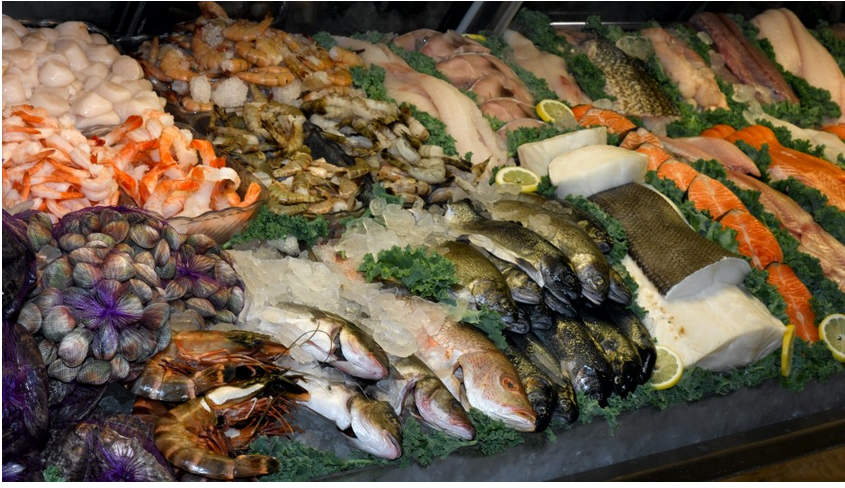Investments in sustainable fisheries and ocean preservation ventures need to move from “uncoordinated innovation” to the “marketplace building” stage of development, with easy-to-understand and profitable models that can capitalize on growing interest from impact investors.
That is the consensus of impact investors after a series of oceans-related panels and discussions at SOCAP13, the social capital markets conference earlier this month. In a schema laid out by the Monitor Institute for impact investing more generally, after marketplace building comes “capturing the value of the marketplace.”
“The investment community is getting engaged, whereas even a year ago they were not engaged,” said Monica Jain, who launched Fish 2.0, a business-plan competition that has attracted dozens of high-quality seafood ventures. ”Lack of engagement was one of the barriers…You don’t just trip over a deal and do it. You have to comfort level with the industry.”
Still, the challenges in ocean investments are very different than with other food system investments and investors at SOCAP, such as Imprint Capital‘s Taylor Jordan, expressed a need for more “proven [investment] models.” Christina Ly of Sonen Capital suggested that fisheries ventures might do best to “seek philanthropic grant or impact-first money,” implying that the sector was not yet ready for investors seeking market-rate returns.
Beau Seil of Unitus Impact, agreed that ocean-related companies he sees in the investment pipeline are often in need of “a fair amount of capacity building.” In Indonesia, for example, Unitus Impact spent time working with an entrepreneur to evaluate and learn to trust his knowledge of stocks, fishermen, and markets. Unitus, as a part of its investment philosophy, also works to bring on local investor partners, who can run interference if the government or other players try to inhibit the entrepreneur’s activities.
The consumer market needs further development as well. “Consumers don’t quite get it yet,” said Aaron Enz of Watershed Capital Group. “I don’t think that people are aware that when they’re eating shrimp cocktail, that it really is a cocktail,” that is, a mix of chemicals, pharmaceuticals and wastes from commercial shrimp farming.
Seil expounded upon the fish and seafood supply chain being overrun with middlemen — a fish can change hands 14 to 15 times before it hits the plate in the US, he said. The opaqueness makes it hard for sustainable suppliers to differentiate themselves. “If you take the skin off, most chefs don’t know what [fish] it is; this doesn’t happen with pork chops,” Enz added. “Opaqueness enables more poor behavior and monopoly.”
Taryn Goodman of RSF Social Finance said it’s not easy to clean up such supply chain inefficiencies. She said, “There are a few main fish processors that dominate the space making it difficult for others to get in.”
Nonetheless, Goodman said RSF is “not scared” of investment in fisheries and aquaculture. “But the challenges are different than with other food.” She sees the biggest opportunities in traceability, processing technology (like better freezing methods), branding, and developing better market linkages.
Despite all of the challenges, the panelists agreed the period of “uncoordinated innovation” has an important upside. With plentiful opportunities and few competitors, investors said they have greater willingness than in other sectors to collaborate and help each other – increasing each others’ comfort level in an unfamiliar marketplace.











